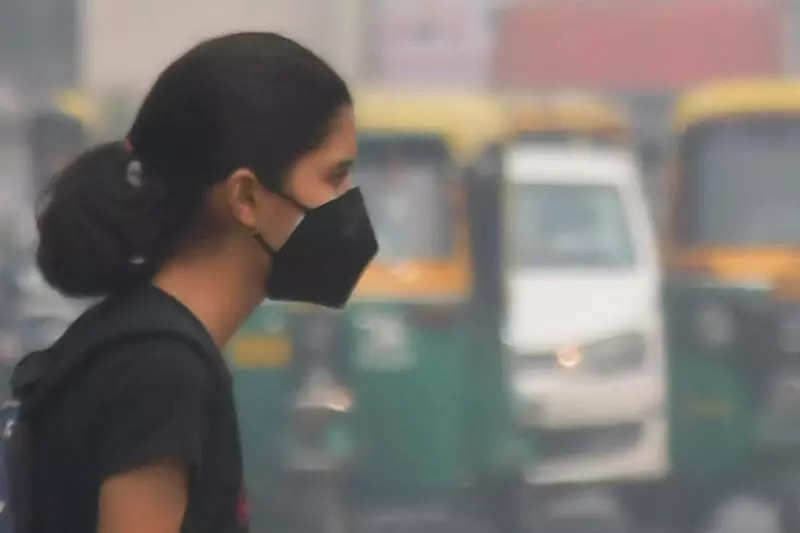A study by Physical Research Laboratory and Delhi Technological University highlights the significant presence of airborne nanoparticles in Delhi’s air. Delhi residents are exposed to 10-18 million nanoparticles daily, with roadside deposits 30% higher, posing severe health risks due to deeper lung penetration and bloodstream impact.
‘Nanoparticles in lungs of Delhiites’



